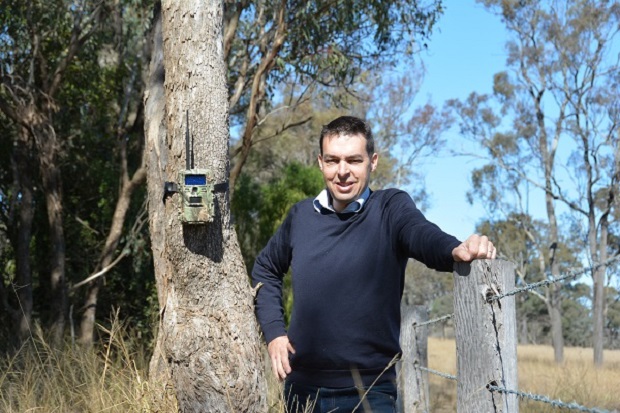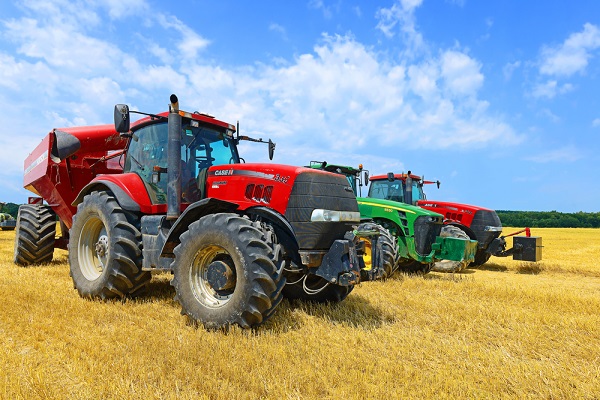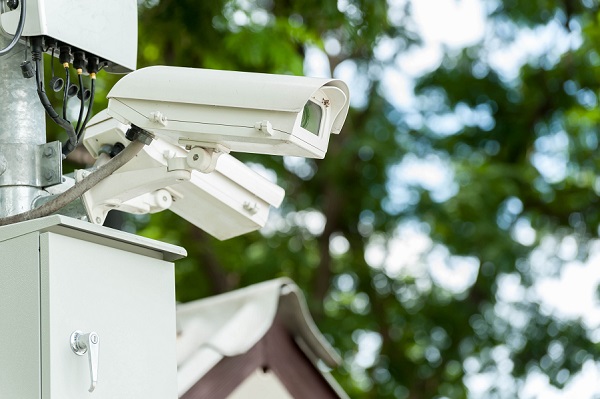Unless you have been a victim of farm theft, you might not understand just how devastating it can be. ANNA GAME-LOPATA investigates and realises farm theft is more prevalent than you think.
The Australian Government’s Institute of Criminology states crime in rural areas is increasing, with most incidents being in either highly accessible or very remote areas.
The most common is property crime or theft of machinery, equipment, vehicles, materials and tools, with one in three victims being affected more than once.
In 2014, New South Wales alone reported in excess of $ 1 million for cattle and sheep stolen. Reports vary but indicate in excess of $150 million per year in farming equipment and more than $50 million in fencing per year.
Tasmanian Farmers and Graziers Association (TFGA) president Wayne Johnston, whose property was invaded recently, maintains farmers and farming families are not the only victims of rural crime.
“Everybody is, through the insurance premiums they pay,” he says.
“Instead of having our stolen items returned to us, we have to claim on our insurance policies. So it ends up costing the insurance companies an unnecessary payout, they increase premiums across the board, so everyone ends up paying.
Johnston relates valuable equipment was stolen from his property after two padlocks were broken to gain entry.
“It was all caught on camera, though the police say there wasn’t enough evidence to charge anyone,” he adds with some scepticism.
“We’re going to get on to this, but meanwhile farmers just have to buy cameras. That’s just the way of the world these days.”
Johnston recently met with Tasmanian Minister for Police Rene Hidding to discuss the TFGA’s concerns around rural crime.
“We look forward to constructively working with the government and Minister Hidding to find strategies to deal with this ongoing problem that has plagued many rural communities over recent years,” he says.
Find safety equipment for sale on TradeFarmMachinery.com.au
Real cost of farm theft
 |
|
Damian Byrne was a wildlife researcher tunred entrepreneur who currently runs the company Outdoor Cameras Australia.
|
Entrepreneur and former wildlife researcher Damien Byrne, who owns a security equipment business – Outdoor Cameras Australia says he hears about farm theft stories almost every day happening in all parts of the country.
“Most of it is fuel and machinery, and when it happens it is very costly. Even the fuel thefts aren’t just small amounts. They are usually thousands of dollars’ worth,” he says.
“I think $5,000 would be a good average amount that people lose, but a lot of it would not get reported so it has been difficult to estimate.”
Fellow entrepreneur Colin Steel who operates another security technology company – It’s Secure, agrees with Byrne and says the issue with farm theft is not just the actual equipment cost but the hidden associated costs.
“Try harvesting without the equipment, try finding cattle after a fence is stolen,” he says.
“The problem today is we just place a cost on the hardware, the emotional strain and stress is another cost altogether.”
Prevention is better than cure
The University of New England has listed two key factors necessary for crime on rural property to occur:
1. A suitable or attractive target
2. The opportunity to carry out a crime undetected.
Suitable targets are farmhouses, as like in metropolitan areas the homes have just as many TVs, stereo systems, electronic equipment and other household items attractive to thieves.
‘Opportunity’ relates to the isolation of rural areas and the ease of access to properties along with the remoteness and distance between properties.
As prevention is better than cure, here are a few tips from the experts on preventing farm theft:
Lock the gates
Studies show 92 per cent of gates are unlocked, unlockable or located in a remote area on rural properties making it almost impossible to detect theft.
In some cases victims can’t even advise the time a crime is likely to have taken place.
“Lock up the gates you’re not using day-to-day,” Steel advises.
Mind your machine
“Remove equipment keys [I know all major manufactures utilise one key], but put isolators in unusual locations,” Steel says.
Keep an up-to-date register of serial numbers, makes and models so it is easier to track down the machines should they go missing.
Move your equipment not commonly used to a central, well-lit and secure location.
Talk to your neighbours
If you have any travel plans that might see you being absent from your property for some time, advise neighbours and local police so they can keep an eye out for you, Steel advises.
Byrne adds it will be useful to gather a group of landholders who could all do their bit in keeping the community safe.
“A group of landholders with cameras can all help each other out when something is going on in the area,” he says.
“Rural neighbourhood watch groups have been good at doing this.”
Get tech-savvy
“Obviously if you haven’t already got cameras, then get some,” Byrne says.
“For such a small price and small amount of effort you can have a record of the comings and goings on your property
“If you have phone reception then I would have a mobile camera in the shed or on the fuel bowser set to send an image through and wake you up if there is action there.
“A standard camera on the access points is always useful to let you know what has been in and out. I would also encourage farmers to spend some time blending the camera in as well as possible.
“This is pretty easy to do in sheds and areas where there are plenty of objects around but harder in natural settings.”
Check out our farm security feature part 2 where we explore three security technologies available on the market to help stop farm thieves in their tracks.
Have you been a victim of farm theft? Share your experience and tips on prevention with us below.




